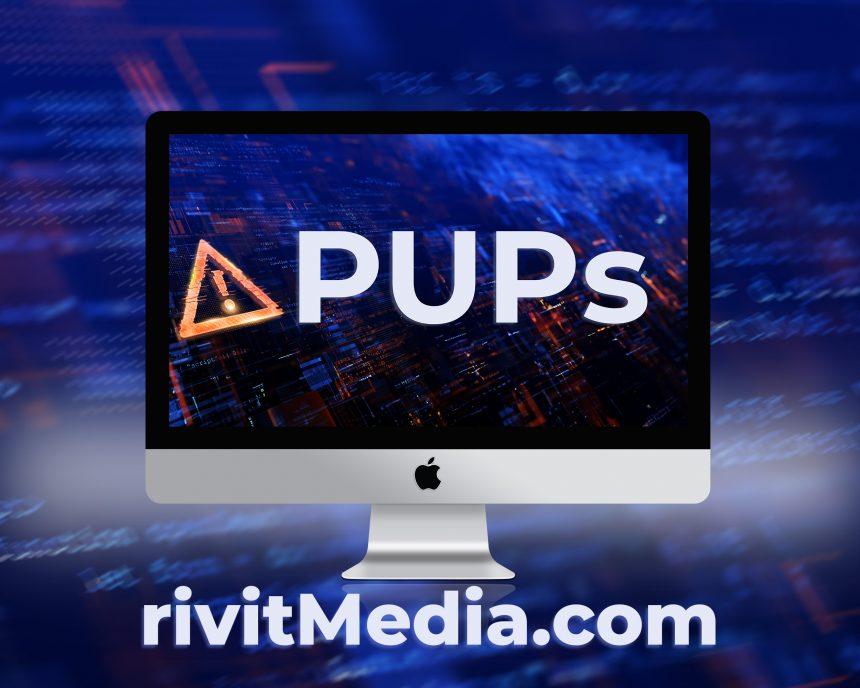Cyber threats come in various forms, aiming to infiltrate systems and compromise user data. One such threat is the World Wide Web unwanted application, which can cause significant disruptions and privacy breaches if left unchecked. In this article, we’ll delve into the intricacies of this malware, its actions, consequences, detection names, removal guide, and prevention measures to safeguard against future infections.
Actions and Consequences
The World Wide Web unwanted application operates by stealthily infiltrating users’ systems through deceptive means. Once inside, it can initiate a range of malicious activities, including:
- Browser Hijacking: The malware may seize control of web browsers, redirecting users to potentially harmful websites without their consent.
- Adware Functionality: Users might experience an onslaught of intrusive advertisements, pop-ups, and banners, hindering their browsing experience and potentially leading to inadvertent clicks on malicious links.
- Data Tracking: The malware may employ tracking technologies to monitor users’ online activities, compromising their privacy and security.
- System Slowdown: Infected systems often suffer from decreased performance and responsiveness due to the resource-intensive nature of the malware’s operations.
These actions can have severe consequences, ranging from compromised personal data to financial losses and identity theft.
Detection Names and Similar Threats
The World Wide Web unwanted application may be detected under various names by different security software vendors, including but not limited to:
- PUP.Optional.WorldWideWeb.A
- Adware.WorldWideWeb
- Win32:Adware-gen [Adw]
Similar threats that users should be wary of include browser hijackers, adware, and potentially unwanted programs (PUPs) like SearchMine, Conduit, and MyWebSearch.
Removal Guide
Removing the World Wide Web unwanted application requires a systematic approach to ensure complete eradication. Follow these steps carefully:
- Access Safe Mode: Restart your computer and enter Safe Mode to prevent the malware from running.
- Uninstall Suspicious Programs: Navigate to the Control Panel, select “Programs,” and then “Uninstall a program.” Locate any suspicious applications related to the malware and uninstall them.
- Remove Browser Extensions: Open your web browser and navigate to the settings menu. Remove any unfamiliar or suspicious extensions.
- Reset Browser Settings: Reset your browser settings to their default state to eliminate any lingering traces of the malware.
- Scan with Security Software: Run a thorough scan of your system using reputable antivirus or anti-malware software to detect and remove any remaining traces of the malware.
- Delete Temporary Files: Use disk cleanup tools to remove temporary files and clear cache, as malware often hides in these locations.
Prevention Measures
To prevent future infections of the World Wide Web unwanted application and similar threats, adhere to these best practices:
- Exercise Caution Online: Avoid clicking on suspicious links, downloading software from untrustworthy sources, and opening email attachments from unknown senders.
- Keep Software Updated: Regularly update your operating system, web browsers, and security software to patch vulnerabilities and defend against emerging threats.
- Enable Firewall Protection: Activate your firewall to block unauthorized access to your system and network.
- Use Ad Blocking Extensions: Install ad-blocking browser extensions to mitigate the risk of encountering malicious advertisements.
- Educate Yourself: Stay informed about the latest cybersecurity threats and techniques to recognize and avoid potential risks effectively.
By implementing these preventative measures and staying vigilant, users can minimize the risk of falling victim to the World Wide Web unwanted application and other cyber threats.





